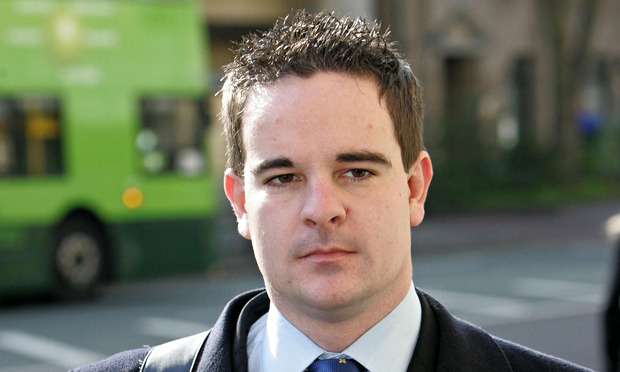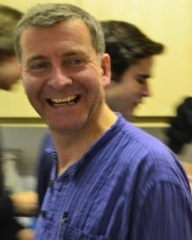Four eminent statisticians have raised concerns about the quality of
evidence used to convict a nurse of murdering two patients and poisoning
15 others.
Ben Geen, 34, is serving a 30-year sentence after being convicted in 2006 of injecting patients with a variety of drugs in order to “satisfy his lust for excitement” when reviving them. There were no witnesses to the crimes, but Horton General hospital in Banbury identified an “unusual pattern” of respiratory arrests, which the prosecution said could only be explained by a member of staff deliberately harming patients.
Now Sir David Spiegelhalter, of the University of Cambridge, has voiced concerns that the “extreme rarity” of respiratory arrests, claimed by expert witnesses at trial, was made without the methodical evidence-gathering and detailed analysis required.
“I have no opinion on the innocence or guilt of Ben Geen, but I do feel that the statistical evidence in this case was not handled properly,” he said.
Geen’s legal team has submitted independent reports by Spiegelhalter, Prof Norman Fenton, Prof Stephen Senn and Prof Sheila Bird to the Criminal Cases Review Commission in a bid to have the case referred to the appeal court, which has already upheld the conviction once.
Geen, a former Territorial Army lieutenant, was arrested after a cluster of incidents during the winter of 2003-4 in which patients stopped breathing or collapsed without warning. The court was told that the sequence of events – including the deaths of two patients, Anthony Bateman, 66, and David Onley, 75, who were already gravely ill – was so exceptional it could only be explained by “a maniac on the loose” at Horton General hospital.
Geen was pinpointed as a suspect because he had treated all of the patients and when arrested he had a syringe containing a muscle relaxant drug in the pocket of his fleece.
The defence contends that the deaths and respiratory arrests can be explained by natural causes and that Geen was the victim of a “witch-hunt” by hospital management. Geen says he took the syringe home accidentally following a busy A&E shift.
Geen’s defence has drawn parallels with the case of Sally Clarke, in which flawed statistics were used to secure a murder conviction that was subsequently overturned.
“My submission to the CCRC says that assessing whether events are unusual or surprising should not be left to intuition,” said Spiegelhalter. “I don’t trust my own intuition when an apparent coincidence occurs; I have to sit down and do the calculations to check whether it’s the kind of thing I might expect to occur at some time and place.”
In his analysis, Fenton, of Queen Mary University of London, concludes that, though 18 respiratory arrests in a two-month period is high, at least one hospital in the country would be expected to see this many events over a four-year period, purely by chance. “It didn’t seem a particularly unusual sequence of events,” he said. “If that was the starting point for the inquiry then that’s problematic.”
Senn, a medical statistician at the Luxemburg Institute of Health, said the evidence-gathering appears to have been potentially biased. “It’s almost as though the evidence was being collected to convict Ben Geen rather than being collected to assess the chances of guilt,” he said.
Previously the CCRC has ruled that besides the statistics, “a cogent and compelling body of evidence” indicated Geen’s guilt – in particular the syringe in his pocket and the rapid decline of some patients after coming under his care.
The CCRC is reviewing the case of a second nurse – Colin Norris – convicted of murdering four elderly women who had each suffered from low blood sugar levels. Again there were no witnesses, but the nurse was identified as a “common factor” in the deaths.
A spokesman for the commission said: “We have received extensive further submissions in response to our provisional decision not to refer Mr Geen’s convictions to the court of appeal. We will be carefully considering all those submissions before making any final decision in the case.”
Richard Thorburn, whose father John fell into a coma for six days after being treated by Geen, told The Times in December he believed the nurse had been rightfully convicted. “My father spent five or six days in a coma and although he survived he never fully recovered and died in 2009,” said Thorburn.
Spiegelhalter argues the case is illustrative of wider problems with how courts handle statistics. “They like either incontrovertible numerical facts, or overall expert opinions. But statisticians deal with a delicate combination of data and judgment that gives rise to rough numbers, and these don’t seem to fit well with the legal process.”


















